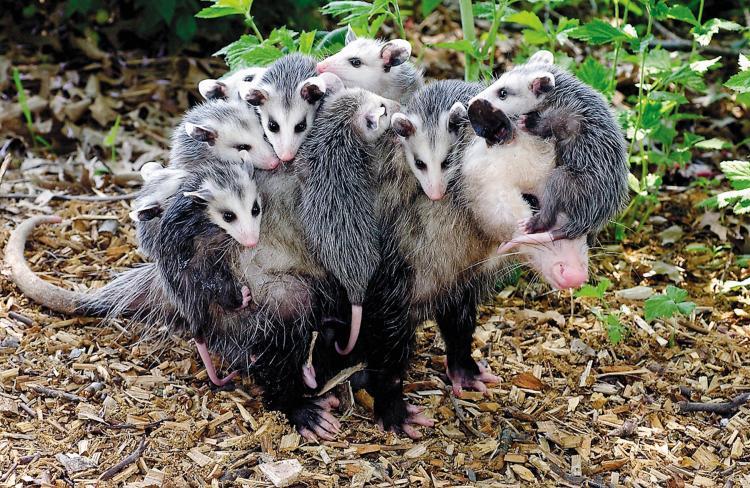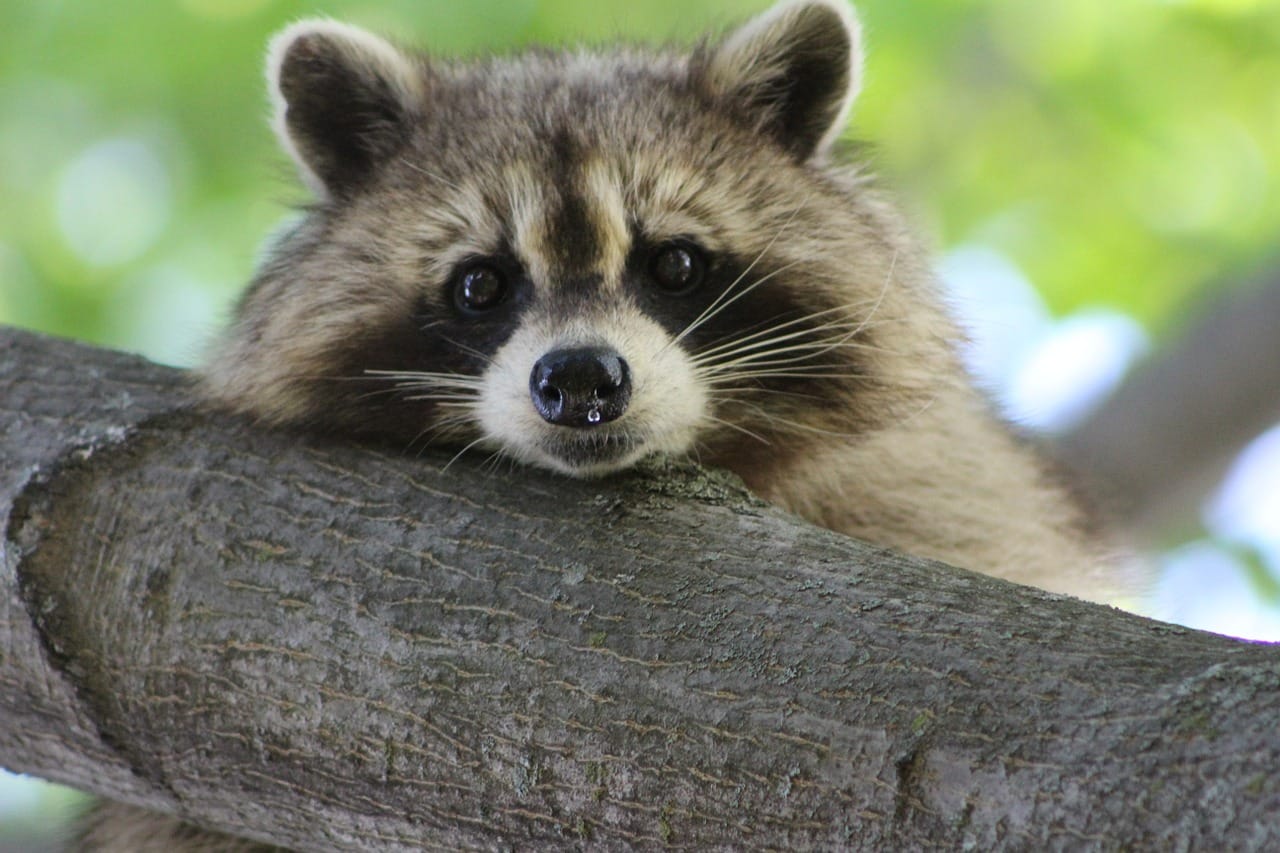
Currently, vultures and opportunistic scavengers among large mammalian carnivores are widely missing or threatened around the globe (Hoffmann et al. Unfortunately, appreciation of the ecosystem services provided by scavengers to humanity is emerging only as vertebrate scavenger populations are more at risk than ever.

This concept, which is increasingly appreciated by society worldwide (Daily and Matson 2008), recognizes human needs that have developed in changing environments since the origin of the first humans.

As the term was defined by the Millennium Ecosystem Assessment, ecosystem services are benefits people obtain from ecosystems and their constituent organisms (box 1 MA 2005). Such benefits can be understood within an ecosystem services framework. For instance, the removal of animal debris before putrefaction has played an important hygienic role for millennia (Markandya et al. The close relationship with scavenging birds and mammals has benefited humans since the origin of early Homo species in multiple ways. Indeed, this long relationship has both helped shape human evolution (Owen-Smith 1999, Stanford and Bunn 2001, Larsen 2003, Bickerton and Szathmáry 2011) and induced phenotypic and genetic differentiation among scavengers (Agudo et al. 1999, Domínguez-Rodrigo and Pickering 2003). Humans and scavenging vertebrates, such as vultures and hyenas, have been interdependent since the Late Pliocene, when early hominins turned to meat as a food source (Lewis 1997, Brantingham 1998, de Heinzelin et al. Other anthropogenic impacts have also been linked to major changes in the prevailing ecological conditions during the Quaternary Period (e.g., Lupo 1995). Hominins have substantially contributed to environmental change, especially since Homo sapiens expanded worldwide, which has precipitated the extinction of large mammalian herbivores, apex predators, and scavenging birds (Koch and Barnosky 2006). However, these processes do not act in isolation, and environmental changes can induce variations in conditions, resource availability, and biodiversity that may shift interspecific interactions over time (Tylianakis et al. The continued survival of vultures and large mammalian scavengers alongside humans is now severely in jeopardy, threatening the loss of the numerous ecosystem services from which contemporary and future humans could benefit.Įcological interactions, such as predation, parasitism, competition, and mutualism, are strong selective forces driving the evolution of populations, communities, and ecosystems. These changing interactions have translated into shifting provisioning (by signaling carcass location), regulating (e.g., by removing animal debris and controlling infectious diseases), and cultural ecosystem services (e.g., by favoring human language and social cooperation skills or, more recently, by enhancing ecotourism) provided by scavenging vertebrates. As humans evolved from carcass consumers to carcass providers, the overall relationship between humans and scavengers shifted from competition to facilitation. How humans procured meat during the Quaternary Period changed from confrontational scavenging to hunting shepherding of wild animals and, eventually, intensive husbandry of domesticated animals. Since the origin of early Homo species during the Late Pliocene, interactions of humans with scavenging birds and mammals have changed in form through shifting ecological scenarios. Donázar is a research professor in the Department of Conservation Biology at Doñana Biological Station, a center of the Consejo Superior de Investigaciones Científicas, in Spain. Martina Carrete is an associate researcher in the Department of Physical, Chemical, and Natural Systems at the University Pablo de Olavide, in Spain. Antoni Margalida is an associate researcher at the Division of Conservation Biology at the Institute of Ecology and Evolution, at the University of Bern, Switzerland, and in the Department of Animal Production, Division of Wildlife, at the University of Lleida, Spain. Sánchez-Zapata is a professor, in the Department of Applied Biology, at the University Miguel Hernández, in Spain.

MM is now an associate researcher, and José A.

Marcos Moleón ( was a postdoctoral researcher, and Norman Owen-Smith is an emeritus professor, in the School of Animal, Plant, and Environmental Sciences, at the University of the Witwatersrand, South Africa.


 0 kommentar(er)
0 kommentar(er)
